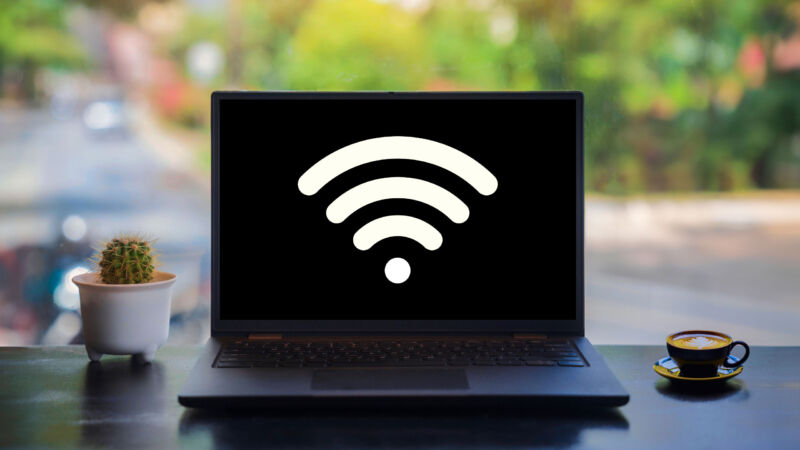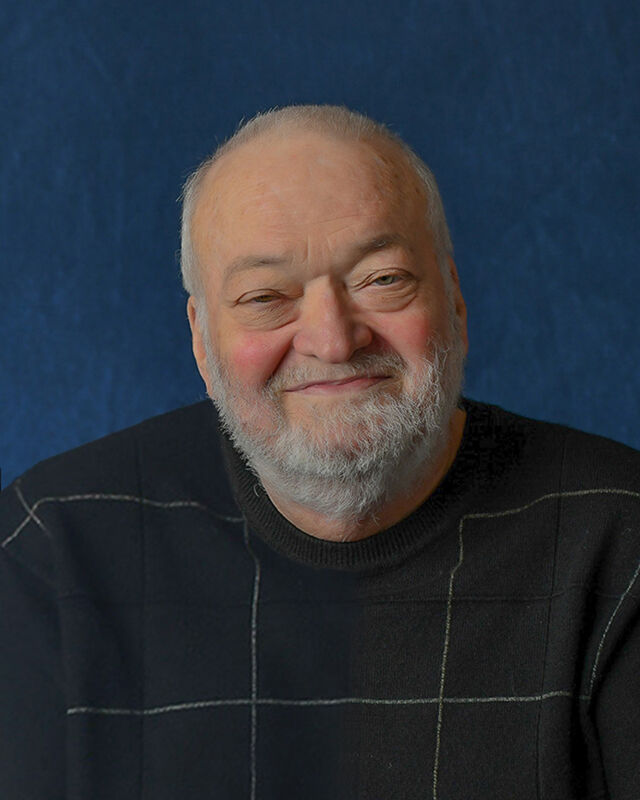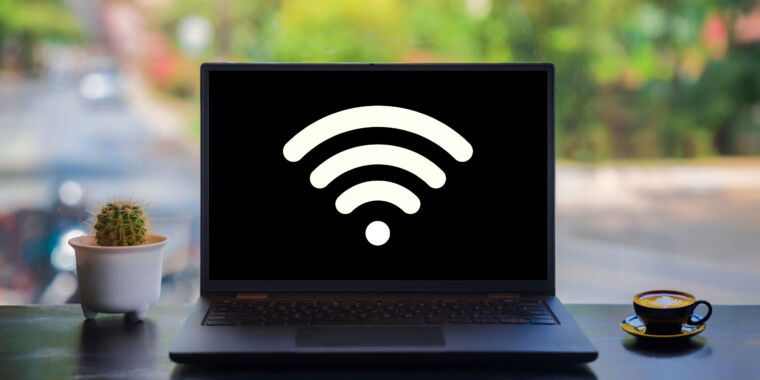Larry Finger made Linux wireless work and brought others along to learn
Linux kernel —
Remembering Finger, 84, who learned as he went and left his mark on many.

Aurich Lawson | Getty Images
Linux and its code are made by people, and people are not with us forever. Over the weekend, a brief message on the Linux kernel mailing list reminded people of just how much one person can mean to a seemingly gargantuan project like Linux, and how quickly they can disappear:
Denise Finger, wife of the deceased, wrote to the Linux Wireless list on Friday evening:
This is to notify you that Larry Finger, one of your developers, passed away on June 21st.
LWN.net reckons that Finger, 84, contributed to 94 Linux kernel releases, or 1,464 commits total, at least since kernel 2.6.16 in 2006 (and when the kernel started using git to track changes). Given the sometimes precarious nature of contributing to the kernel, this is on its own an impressive achievement—especially for someone with no formal computer training, and who considered himself a scientist.
The deepest of trenches: Linux Wi-Fi in the 2000s
That kind of effort is worth celebrating, regardless. But it’s the space that Finger devoted himself to that makes him a notably patient, productive contributor.
Getting Wi-Fi to work on a device running Linux back when Finger started contributing was awful. The chances of your hardware being recognized, activated, and working properly right after install was akin to getting a straight flush in poker. If nobody had gotten around to your wireless chipset yet, you used NDISwrapper, a Windows-interfacing kludge tool that simultaneously made your Linux install less open and yet still painful to install and maintain.
Finger started fixing this with work on Broadcom’s BCM43XX drivers. Broadcom provided no code for its gear, so Finger helped reverse-engineer the necessary specs by manually dumping and reading hardware registers. Along with Broadcom drivers, Finger also provided Realtek drivers. Many commenters across blogs and message boards are noting that their systems are still using pieces of Finger’s code today.
Fixing mainframes, science gear, and RV resorts
Larry Finger, and fish, from his Quora profile. Quora
Finger doesn’t have a large footprint on the web, outside of his hundreds of kernel commits. He has a page for DRAWxtl, for producing crystal-structure drawings, on his personal domain, but not a general personal page. He sometimes answered Quora questions. He had a GitHub profile, showing more than 100 contributions to projects in 2024.
Perhaps the biggest insight into Finger found in one place is a three-part series for Linux Journal, “Linux in a Windows Workstation Environment,” written in 2005, when he was roughly 65. He summarizes his background: Fortran programmer in 1963, PDP-11 interfaces to scientific instruments in the 1970s, VAX-11/780 work in the early 1980s, and then Unix/Linux systems, until retiring from the Carnegie Institution for Science in Washington, DC, in 1999. The mineral Fingerite is named for Finger, whose work in crystallography took him on a fellowship to northern Bavaria, as noted in one Quora answer about the Autobahn.
“At that time, I became a full-time RV resident, dedicated to the avoidance of cold weather,” Finger writes. He and his wife Denise arrived that year at a 55-plus RV community in Mesa, Arizona. He joined the computer club, which had a growing number of Windows PCs sharing a DSL connection through one of the systems running WinGate. A new RV resort owner wanted to expand to 22 workstations, but WinGate licenses for that many would have been expensive for the club. Finger, who was “highly distrustful of using Windows 98 in a mission-critical role,” set to work.
Finger goes on across the series to describe the various ways he upgraded the routing and server capacity of the network, which grew to 38 user stations, Samba shares, a membership database, VPN tunnels, several free RJ-45 ports, and “free Wi-Fi access… throughout the park.”
Passing it along
Enlarge / Larry Finger, from his obituary page. Hixson-Klein Funeral Home
Lots of people have commented on the broad work Finger did to make Linux usable for more people. A few mention that Finger also mentored people, the kind of work that has exponential effects. “MB” wrote on LWN.net that Finger “mentored other people to get the Broadcom Open Source code into kernel. And I think it was a huge success. And that was only a small part of Larry’s success story.”
In a 2023 Quora response to someone asking if someone without “any formal training in computer science” can “contribute something substantial” to Linux, Finger writes, “I think that I have.” Finger links to the stats for the 6.4 kernel, showing 172,346 lines of his code in it, roughly 0.5% of the total.
I have never taken any courses in Computer Science; however, I have considerable experience in coding, much of which happened when computers were a lot less powerful than today, and it was critical to write code that ran efficiently.
Finger suggests in his response small patches, deep reading of the guidelines, and always using git’s send-email to send patches: “Nothing will get shot down more quickly than a patch submitted from a mailer such as Thunderbird.” Finding typos and errors in comments and text strings can help, especially after translation. Finger advises being patient, expecting criticism about following rules and formats, and to keep plugging away at it.
In another Quora response about kernel driver development, Finger says, “This activity can be highly rewarding, and also equally frustrating!” You should learn C, Finger suggested, and maybe start with analyzing USB drivers, and take your time learning about DMA.
“Do not lose hope,” Finger wrote. “It took me about 2 years before I could do anything more than tell the experts where my system was generating a fault.”
Larry Finger made Linux wireless work and brought others along to learn Read More »
